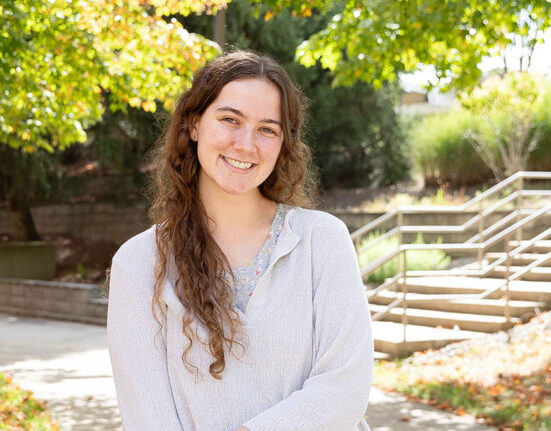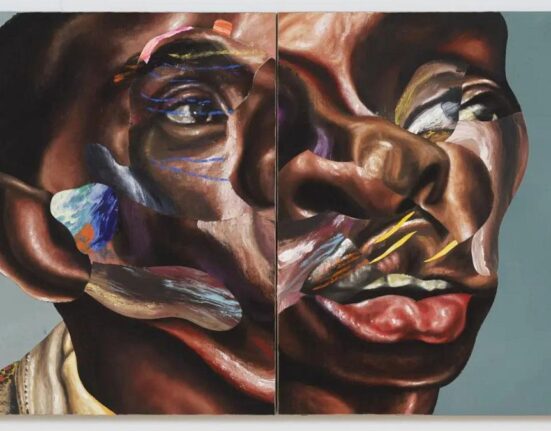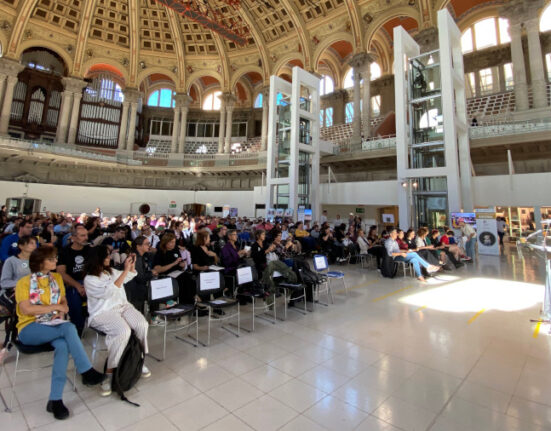The artists stayed in the village of Barbizon, which was situated between the plains and the forest, offering them a choice of vistas.
‘They were the first artists to paint en plein air,’ says the specialist. ‘Thanks to technical developments in paint manufacturing, there was no longer any need to mix up pigments in the studio — they could just take their paint with them.’
Key artists of the Barbizon school
Today, Corot is considered the forerunner of the Barbizon movement — sometimes called ‘the beautiful school of 1830’ — which played a major role in establishing naturalism in French landscape painting. Other artists associated with the group include Théodore Rousseau, Jean-François Millet, Charles-François Daubigny, Narcisse-Virgile Diaz de la Peña, Jules Dupré, Constant Troyon, Léon Richet and Honoré Daumier.
By all accounts, the colony was a busy network of creative energy and congenial company. Friendships were sustained by painting excursions, shared accommodation and financial assistance for those who needed it.
Rousseau spent his days in the forest, striving to ‘penetrate the heart of discoveries’. Daubigny built a floating studio from which to observe the riverbank and its mirrored effects on the water. Diaz, the most sociable of the group, made things happen, inviting like-minded artists to Barbizon and organising exhibitions.







